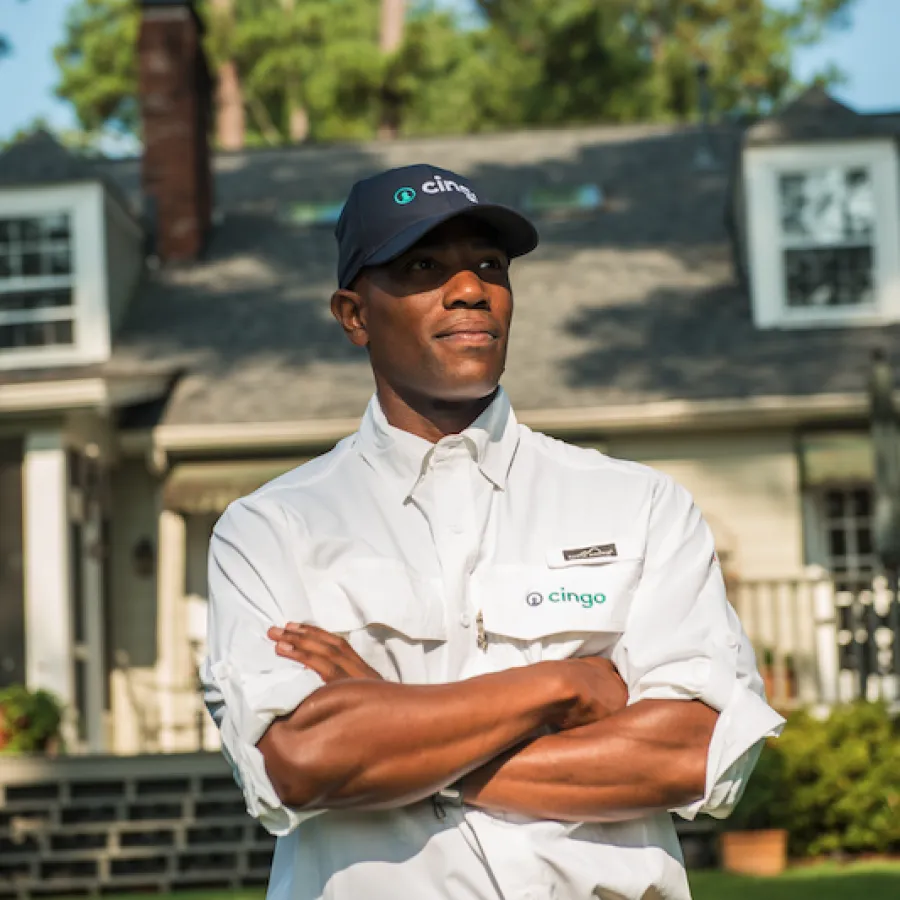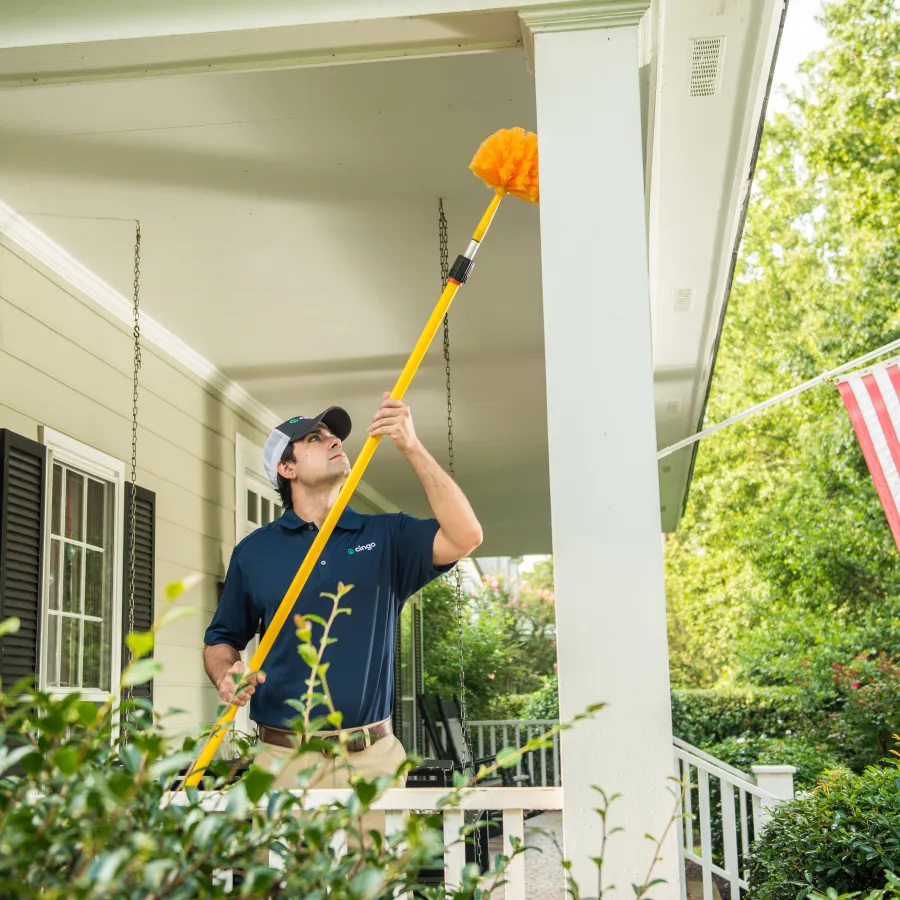Pest Control Solutions
Learn all about common household pests, the importance of pest control, and different types of pest control solutions.
What is Pest Control?
Pest control is the management of a species defined as a pest. Many unwelcome pests make their way into homes and residential buildings. Pest control can be done in response to pests already present or preventatively, to avoid their presence.

Why Do You Need Pest Control?
Pest control is necessary because pests, like rodents and insects, carry diseases that can cause humans and pets to become ill. Not only is their presence a health risk, but they can also contaminate your food supply if they get into your kitchen pantry. Pests—like termites or wood boring beetles—can also cause significant and costly damage to the wood structure of homes and residential buildings.

Who Needs Pest Control?
Even the tidiest, most well-kept house can have pests. There are several reasons a pest could be attracted to a home and it does not always have to do with cleanliness. In the winter months, pests seek warmth and shelter from the cold temperatures. In the summer months, basements can be a high humid environment which pests love. A reliable source of food and water also makes the inside of homes very enticing to pests. Conducive conditions that increase the likelihood of pest activity in or around your home include clogged gutters, overgrown landscaping, or tree limbs resting or overhanging on home. This is why routine maintenance and preventative pest control is necessary year round.

Types of Pest Control
There are several different types of pest control. The method of pest control used is based on the type of pest present and being treated for. There are exterior and interior means of pest treatment which include traps, dusts, liquids, and baits. There are more than 5,000 pest control companies in the southeast, ranging from one guy and a truck to companies with hundreds of technicians.
Some people prefer trying do-it-yourself methods of pest control. At first, these treatments appear to be effective. However, home remedies and store-bought treatments typically only treat what you can see yourself. While this is important, it should be noted that most of the time pest infestations are not easily seen and are hidden away behind walls, ceilings, and the exterior of the structure. Pest control professionals can effectively treat seen and unseen pests which ultimately saves you time, money, and worry. While Cingo offers individual pest control services—based on the type of pest—we recommend our one-of-a-kind, all-inclusive preventative plans. All pest control treatments come with a 30-day warranty, with the exception of mosquitos, so what do you have to lose in outsourcing pests to the pros?

Cingo Pest Control Locations
Cingo is proud to provide residents of Georgia and South Carolina with pest control solutions











